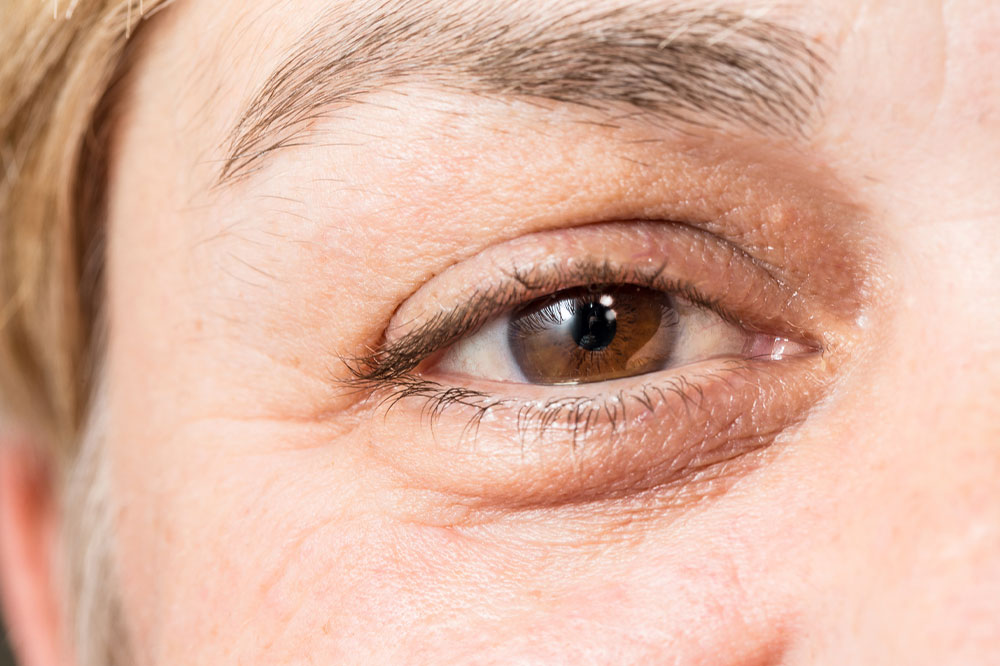
Basedow’s disease – What it is and its prognosis
Basedow’s disease, also known as Grave’s disease, is an autoimmune disorder that affects the thyroid. It is characterized by hyperthyroidism, a condition wherein thyroid hormones are overproduced. This condition can be difficult to manage, but it is important to be aware of the symptoms and treatment options available. This article sheds light on the causes, symptoms, and treatment options. This can help one gain insight into the condition and manage it better.
What it is
Basedow’s disease is a form of autoimmune thyroiditis that affects the thyroid gland. The immune system mistakenly attacks healthy cells in the body and causes the production of too much thyroxine hormone.
Symptoms of Basedow’s disease
Basedow’s disease is characterized by hyperthyroidism, an overactive thyroid gland that can cause a wide range of symptoms that range from mild to severe. Some of the symptoms are as follows:
- Goiter: This is an enlargement of the thyroid gland in the neck, causing a swelling or lump in the throat.
- Hyperthyroidism: This can cause excessive sweating, fatigue, anxiety, irritability, rapid heartbeat, heat intolerance, and an inability to sleep.
- Ophthalmopathy: This can cause inflammation and swelling of the eyes, resulting in redness, irritation, light sensitivity, double vision, and protruding eyes.
- Dermatopathy: This is skin thickening or thinning on the front of the legs or arms caused by the overproduction of hormones. It can also cause dry or warm skin.
- Loss of weight: This is quite noticeable in patients with this condition. This is because the body cannot absorb calories and nutrients properly.
- Muscle weakness: This can be caused by increased metabolism and the side effects of treatment methods used to manage the condition.
- Menstrual changes: Women might experience irregular periods or a complete absence of menstruation due to the hormonal imbalance caused by Basedow’s disease.
Causes of Basedow’s disease
Though the exact cause of Basedow’s disease is unknown, a few factors can contribute to its development. Some potential causes of Basedow’s disease include the following:
- Genetic Factors: People with a family history of autoimmune conditions are more likely to develop Basedow’s disease.
- Exposure to radiation: Exposure to radiation, either through medical treatment or from the environment, can increase the risk of developing Basedow’s disease.
- Stress: Stress can trigger the onset of Basedow’s disease.
- Hormones: Hormones such as estrogen and progesterone have been linked to an increased risk of developing Basedow’s disease.
- Infections: Certain infections, including viral or bacterial ones, can trigger Graves’ disease.
Understanding the potential risk factors can help one identify if they are at risk for this condition. One must talk to their doctor if they are experiencing any of the symptoms listed above. Proper diagnosis and treatment make it possible to manage Basedow’s disease.
Diagnosis of Basedow’s disease
When diagnosing Basedow’s disease, the process usually starts with a physical examination and then progresses to more specialized tests. The following tests may be used to diagnose Basedow’s disease:
- Physical examination: A doctor will look for signs of an enlarged thyroid or other signs of Graves’ disease.
- Thyroid function tests: These tests measure the levels of thyroid hormones in the blood. An increase in the hormone thyroxine usually indicates hyperthyroidism.
- Doppler ultrasound: A Doppler ultrasound provides images of the blood flow within the arteries of the neck. This helps identify any swelling caused by Graves’ disease.
- Anti-TSH receptor antibody test: This test measures how much thyroid antibody (TSI and TBII) is present in the bloodstream. If this antibody is present at high levels, it suggests that Graves’ disease is present.
- Radioactive iodine uptake test: This test measures how much radioactive iodine is taken up by the thyroid gland. A high uptake often indicates hyperthyroidism due to Basedow’s disease.
By carefully evaluating the symptoms and test results, a doctor can make an accurate diagnosis of Basedow’s disease and provide a patient with a personalized treatment plan.
Treatment of Basedow’s disease
When treating Basedow’s disease, it is important to consult a doctor to determine the best course of action. There are a variety of options available, and the right one will depend on an individual’s case. There are several treatment options associated with Basedow’s disease. These include the following:
- Surgery: Surgery may be an option for those who do not respond to other treatment methods or for more severe cases. The type of surgery depends on the size and severity of the goiter. Surgery may involve removing part or all of the goiter or other structures in the neck.
- Radioiodine therapy: This type of therapy uses radiation to reduce or destroy the thyroid tissue causing the goiter. It is a safe and effective treatment. However, it can take months before one starts to see the results.
No matter what treatment option one chooses, it is essential to follow one’s doctor’s instructions and keep up with regular check-ups so the doctor can monitor the progress. With proper care and treatment, many people can effectively manage their Basedow’s disease.




